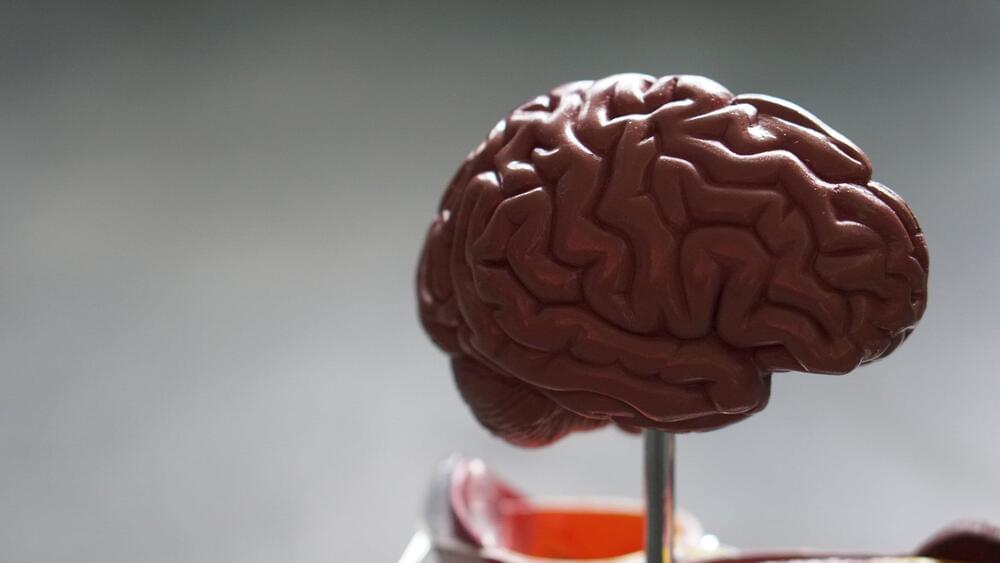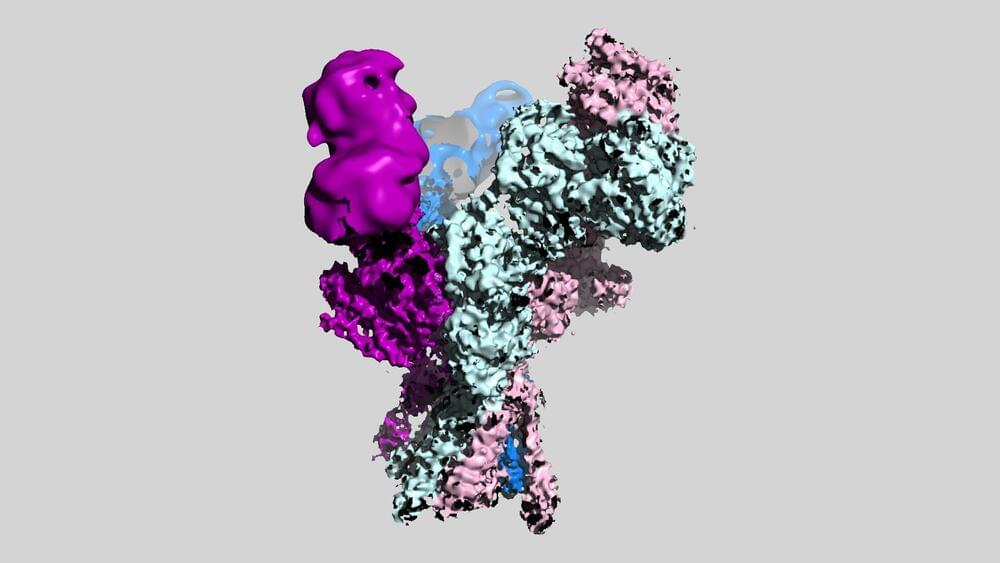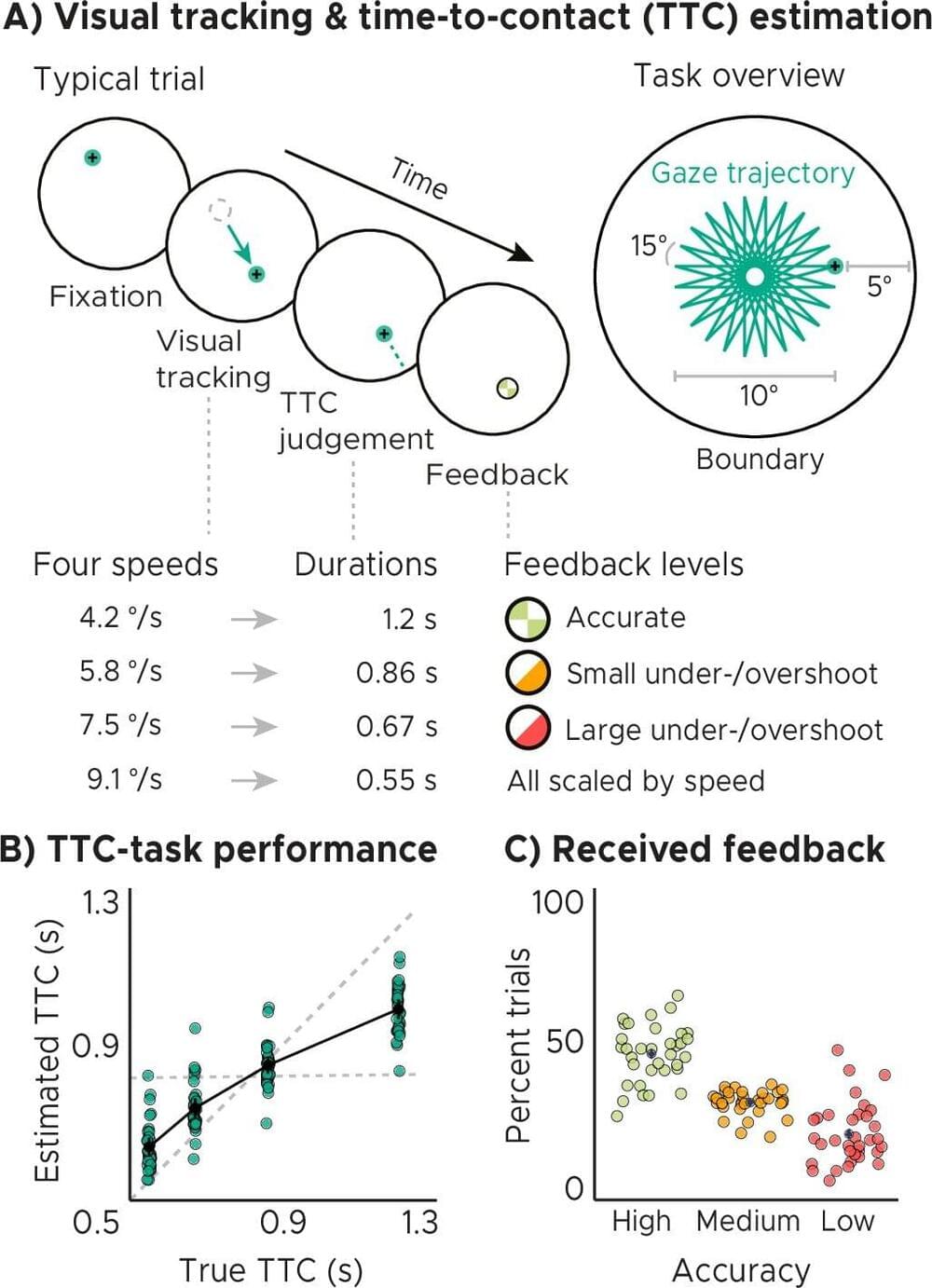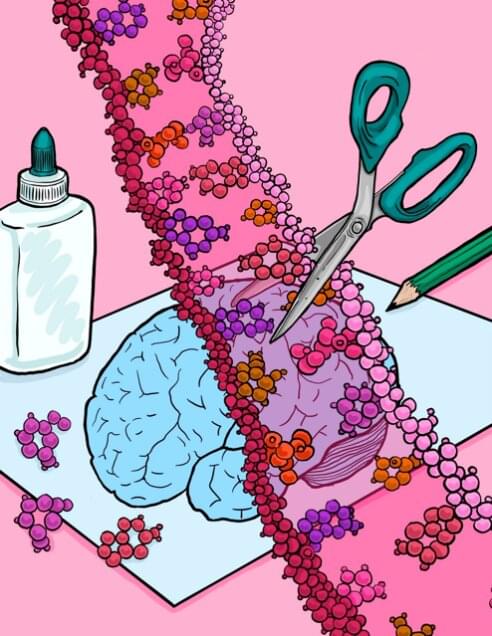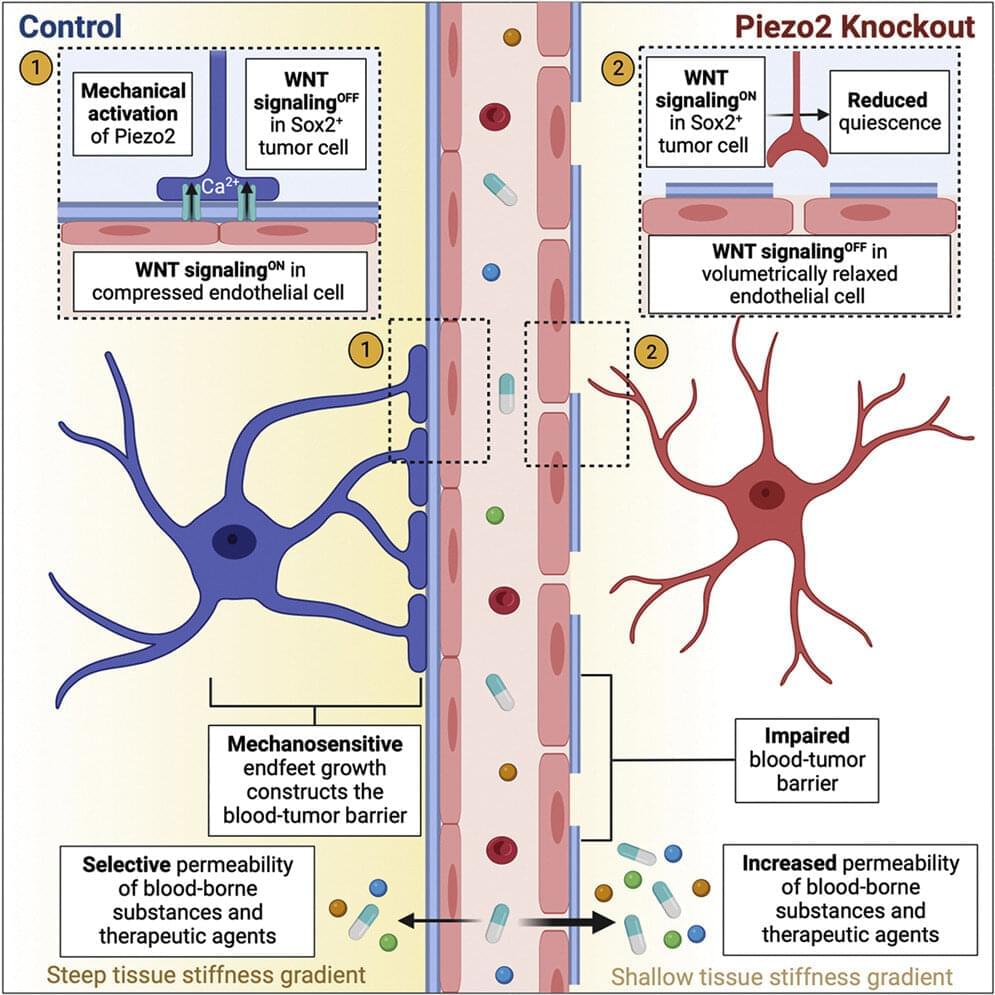Nov 3, 2022
Brain changes in autism are far more sweeping than previously known, study finds
Posted by Genevieve Klien in categories: biotech/medical, neuroscience
Brain changes in autism are comprehensive throughout the cerebral cortex rather than just particular areas thought to affect social behavior and language, according to a new UCLA-led study that significantly refines scientists’ understanding of how autism spectrum disorder (ASD) progresses at the molecular level.
The study, published today in Nature, represents a comprehensive effort to characterize ASD at the molecular level. While neurological disorders like Alzheimer’s disease or Parkinson’s disease have well-defined pathologies, autism and other psychiatric disorders have had a lack of defining pathology, making it difficult to develop more effective treatments.
The new study finds brain-wide changes in virtually all of the 11 cortical regions analyzed, regardless of whether they are higher critical association regions—those involved in functions such as reasoning, language, social cognition and mental flexibility—or primary sensory regions.
